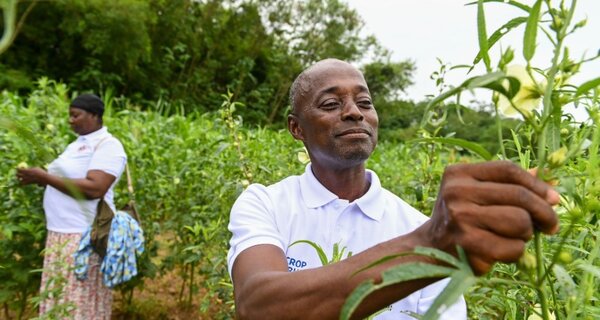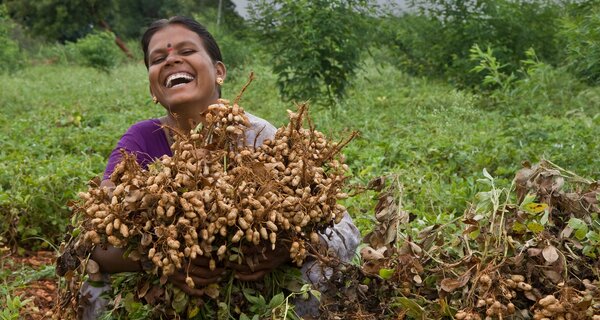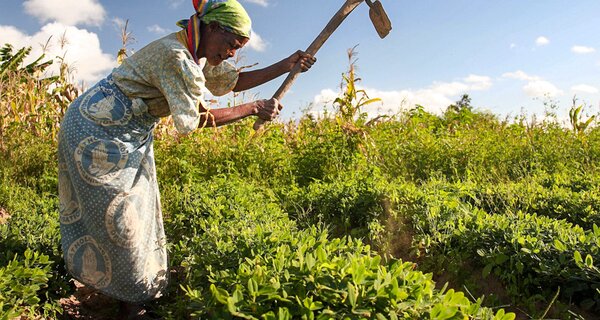It’s Peanut Butter Jelly Time
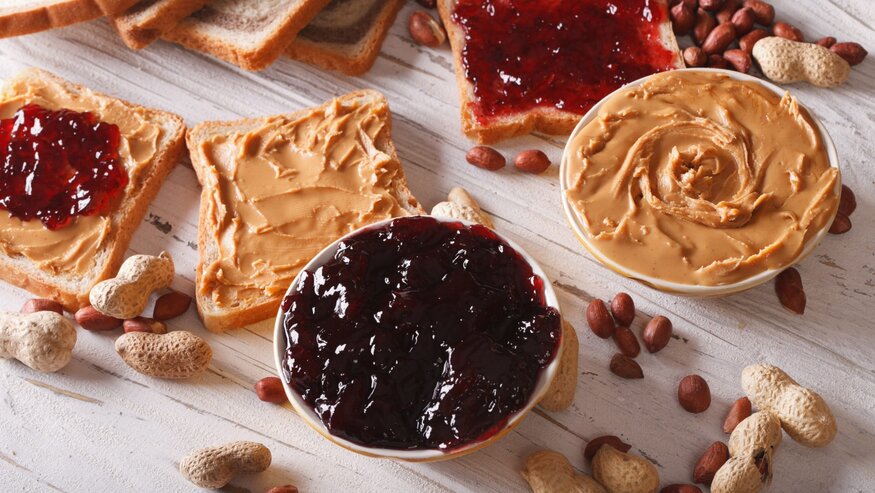
2 April 2025
2 April 2025 - Peanut Butter and Jelly Day
Happy Goober Pea Butter and Jelly Day! Hmmm, doesn’t sound right … Maybe it’s Monkey Nuts and Jelly Day? Oil Nuts and Jelly?
Whatever you call it, a peanut butter and jelly sandwich is mighty tasty, and not least thanks to those peanuts.
To make sure we’re all talking about the same yummy spread that goes so well with bread and jelly, scientists call the crop involved Arachis hypogaea – the hypogaea part of the name means under the earth. In many parts of the world, it is also known as groundnut. And yes, it’s because peanuts grow underground.
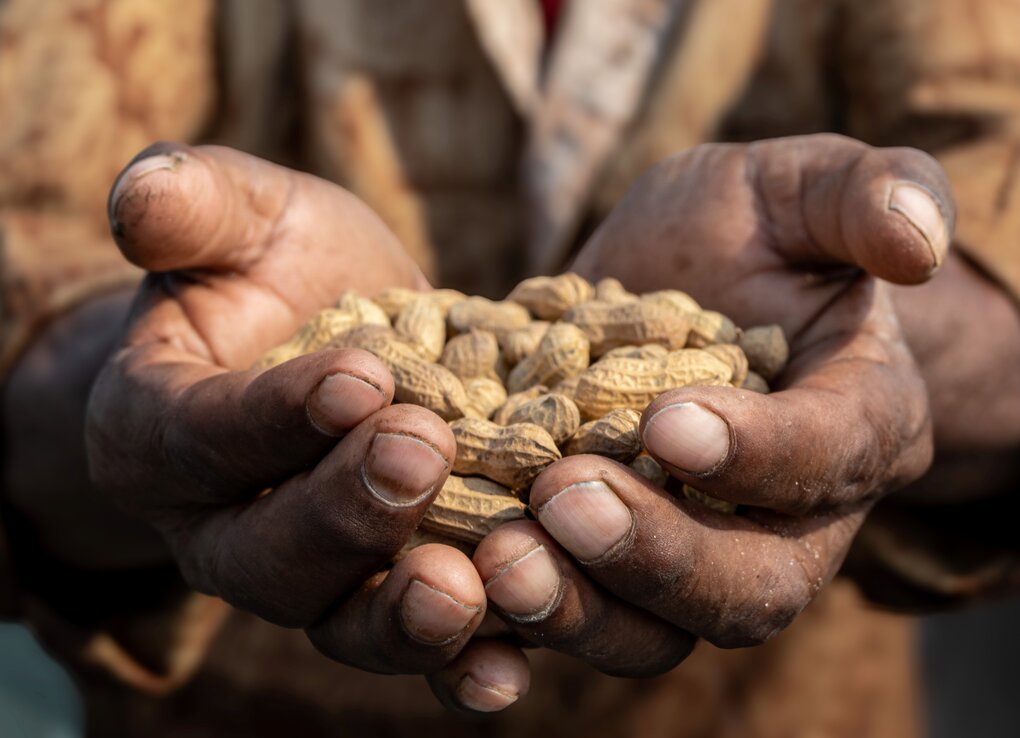
Farmer in Bangladesh holding groundnuts. Photo: Mike Major/Crop Trust
Rich in protein and edible oil, peanuts are central to the financial and nutritional well-being of hundreds of millions of farmers and consumers across the semi-arid tropics. Nutritionists point out that peanuts provide more than 30 essential nutrients and are an excellent source of niacin, fiber and vitamin E. Rich in antioxidants, the crop is naturally free of trans fats and contains about 25% protein, a higher proportion than any other true nut.
Humans have loved peanuts for a long time. Archeologists have found evidence of peanuts dating back more than 7,000 years in South America. When the Spanish and Portuguese arrived in South America and Mesoamerica in the 16th century, they discovered that local farmers were cultivating this unusual crop in lots of places.
From South America, it spread around the world. Now, peanuts are grown on about 28 million hectares worldwide, that’s an area bigger than the United Kingdom. According to the USDA Peanut Explorer, the world’s farmers produced over 50 million tons of peanuts in 2024. That can make a lot of peanut butter. Major producers include China, India, United States, Nigeria and Myanmar.
The changing climate can impact how much peanut butter we spread on our sliced bread. Peanuts are often grown in marginal areas. In many places, those areas are getting drier and hotter and yields are decreasing. Peanuts are also very susceptible to a fungus which can release a toxic agent called an aflatoxin.
It’s not so easy to change the climate or a fungus to suit peanuts, but we can change groundnuts so they grow better in challenging conditions. Scientists at the International Crops Research Institute for the Semi-Arid Tropics (ICRISAT), for example, have been breeding better peanuts for more than 40 years. They have developed peanuts that mature earlier to beat the heat, can tolerate more drought and are less susceptible to aflatoxin contamination.
“Climate change is presenting peanut breeders with additional challenges,” said Hari Upadhyaya, a former peanut breeder at ICRISAT who has contributed to the release of 27 groundnut cultivars in 18 countries. “To make better peanuts, we must tap into the genetic diversity of peanuts that are wild or that have evolved through selection in farmers’ fields under difficult conditions.”
Today, there are 80 known wild species of peanuts and perhaps a few more undiscovered ones. Breeders can cross these plants with cultivated peanuts to make a more resilient crop. Fortunately, breeders have a lot of genetic material to choose from. The genebank at ICRISAT conserves over 15,000 types of peanuts.
Let’s look at an example. What makes those PB&J sandwiches so delectable is the high oil content of the peanut butter. “We mined the genebank for peanuts with exceptionally high oil content,” Hari said. “We could then take those and cross them using conventional breeding techniques with peanuts that mature early in the season, say.”
Normally peanuts take 105 to 120 days to mature. The new peanuts can mature in three to four months and therefore beat the drought and heat of summer. The result of these breeding efforts is a high-yielding peanut with a high oil content.
The ICRISAT genebank is one of 11 international genebanks supported by the Crop Trust through its endowment fund. The goal of these genebanks is to ensure crop diversity, like that of the peanut, is conserved forever and available for use by breeders, researchers and scientists who work hard to keep those PB&J sandwiches -- and lots of other tasty foods -- on our plates and in our lunchboxes.
Thanks to the efforts of the ICRISAT genebank, and others like it, we’ll be celebrating Peanut Butter and Jelly Day for many years to come.
Categories: For The Press, For Partners, For Policymakers


